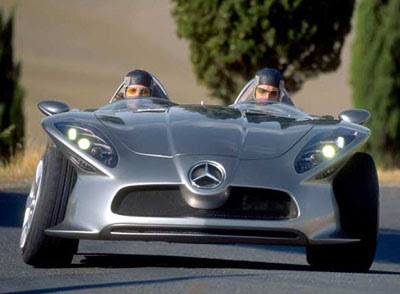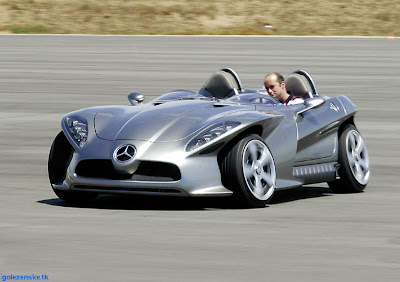Dragonfly wrote:Don't they do it in a way by means of geometry and kinematics of the suspension/steering?
You mean Passive Steering?
Passive steering have been employed in a few sports cars. Some Alfa Romeos and BMW's had passive rear wheel steering. The bushes and the rear wheel suspension geometery are designed to compress in one direction to provide a small amount of 'steering' to shorten the turn radius and also to aid high speed lane change stability.
BMW has had an electric rear-wheel steer system (co-engineered with Continental, I think) that was tested extensively but never quite made it to mass production...........I might be wrong, but some current high-end 7 series models might have it.
The problem with these systems is reliability and they have weak points that are similar to bent suspension arms once they age and slightly out of shape. The steering will be prone to go out of alignment. So maintenance and the risk of failure are the big issues here. Can you imagine what would happen to such a system on a F1 car that hits an x number of kerbs for the duration of a race weekend?
Mercedes made a concept car a few years ago with the system you mentioned. But it got no where.
http://robson.m3rlin.org/cars/mercedes- ... -car-2002/


